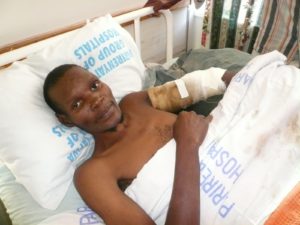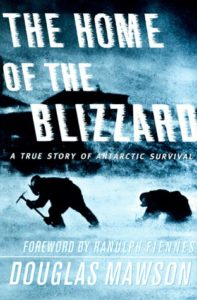Laurie Kelley
March 14, 2011
Just last week I blogged about CSL Behring’s new factor XIII concentrate Corifact. Now I’ve learned that Novo Nordisk announced that a Biologic License Application (BLA) has been submitted to the US Food and Drug Administration (FDA) requesting the approval of a recombinant factor XIII compound for those with congenital Factor XIII (FXIII) deficiency.
Corifact is made from human blood plasma. This new drug is made from recombinant technology, which uses genetic engineering.
Factor XIII deficiency has a prevalence of one case per two million people, with an estimated 600 diagnosed patients worldwide, making it one of the rarest bleeding disorders.
A press release from Novo Nordisk states: “Positive results from a phase III trial examining the efficacy and safety of recombinant factor XIII for the prevention of bleeds associated with congenital FXIII deficiency showed that when compared to a historic control group of individuals who did not receive routine FXIII infusions, preventive treatment with monthly recombinant FXIII injections significantly decreased the number of bleeding episodes requiring treatment. These data were presented at the American Society of Haematology (ASH) meeting in December 2010, and marked the first completed phase III study conducted to study the use of a recombinant FXIII treatment to prevent bleeding episodes in congenital FXIII deficiency patients.”
It’s all great news for those who have factor XIII deficiency, and with the sad news from around the world, especially Japan, we need good news.
Good Book I Just Read
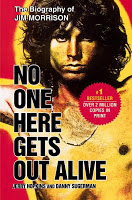
No One Here Gets Out Alive
Jerry Hopkins and Danny Sugerman
I’m continuing my reading streak on The Doors, the 1960s band that took America by storm. In this book, Jerry Hopkins (Rolling Stone) and Danny Sugerman (then teen office boy for Doors) profile the madness and magnificence of Jim Morrison, front man and silky-voice singer, whose depravity and self-destruction eventually upstaged the music itself and his three talented band members. The book details Morrison’s schizophrenic adolescence in which he, with an IQ of 150, devoured sophisticated philosophy and poetry books, and wrote poetry himself, but yet immaturely and cruelly harassed his younger brother, scared the elderly and openly mocked cripples. The first few chapters alone might end any hero worship of The Lizard King. The book recounts chronologically how the Doors formed, their skyrocketing rise to fame, and the toll of fame on the unstable Morrison. They were only 21-23 years old, in a music industry and culture awash in drugs, but why did only Morrison succumb to the pressure? The book is insightful into the music industry of the 1960s. It’s incomplete in that no other character is truly explored: Manzarek, Densmore and Krieger are barely mentioned. They were together for six intense years: how did they cope with Morrison’s descent into madness? The book also sheds little insight into Morrison’s state of mind, or why he acts as he does other than the drugs or alcohol, but factually states a portrait of a seeming sociopath: the dozens of paternity suits, his wanting his child to be aborted because he simply didn’t want one, his cruelty to his mother when he performed, his promiscuity and debauchery.
It’s hard to reconcile the deep thinker with the raging drunk. Perhaps the book doesn’t go deep enough into Morrison’s psyche, but then, Morrison didn’t seem to let anyone in. He internalizes his pain, which seeps out in frightening rages, and then is dampened by alcohol. One only needs to look at his photo progression in just six years: from sleek, sexy rock star to bloated, bearded drunk. I don’t think the pain was from being a frustrated poet or even a rock star; that’s putting the cart before the horse. His pain was chronic, malignant. Poetry was one expression; rage and cruelty was another. Adoration from the masses was one treatment; alcohol, maybe heroin, was another, and became the final exit.
Morrison helped put the Doors on the map, and he destroyed the Doors by destroying himself. Forty years later, it seems we will never know what drove Morrison to the edge, and then over. The authors skim over any analysis by comparing his angst to being like the Greek god Dionysus, or part of the Beat generation, or expressing himself like the Indian shamans he revered. But this is shallow. Looking back today, Morrison was an emotionally disturbed artist who sought to medicate his pain through alcohol, and expressed himself through rage. Incredibly, he left a legacy of beautiful, mystical music that captured a unique time in America, and the black hole of his inner life. And we are drawn to such people, scared of them, and yet worship them. Despite the incomplete picture the book paints, it was a great read and I could not put it down. Three stars.
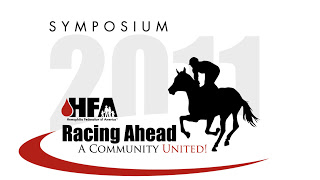
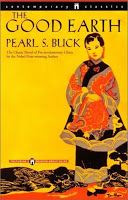



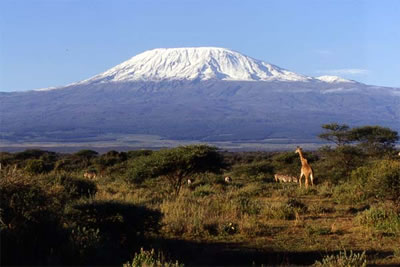 At 19,340 feet, Kilimanjaro is the highest mountain on the African continent and the largest freestanding mountain in the world. And guess what? I am going there in August! I’m actually going to hike it and attempt the summit. Why? Not just because it’s there, but as a fundraiser for Save One Life.
At 19,340 feet, Kilimanjaro is the highest mountain on the African continent and the largest freestanding mountain in the world. And guess what? I am going there in August! I’m actually going to hike it and attempt the summit. Why? Not just because it’s there, but as a fundraiser for Save One Life.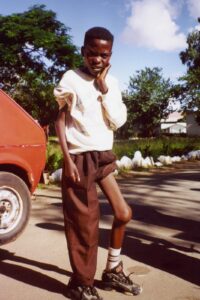 The climb is the brainchild of Eric Hill, president of BioRx, a homecare company, and a sponsor of two kids with hemophilia. Last year he, an employee, and a person with hemophilia, Jeff Salantai, climbed Mt. Rainier. That was a highly technical climb, meaning they had equipment, ropes and crampons. Thankfully, Kilimanjaro is not a technical climb, but it’s no walk in the park! With a team of ten, we will trek for 4 days, hopefully summit on the 5th, and then come all the way downhill in one long day.
The climb is the brainchild of Eric Hill, president of BioRx, a homecare company, and a sponsor of two kids with hemophilia. Last year he, an employee, and a person with hemophilia, Jeff Salantai, climbed Mt. Rainier. That was a highly technical climb, meaning they had equipment, ropes and crampons. Thankfully, Kilimanjaro is not a technical climb, but it’s no walk in the park! With a team of ten, we will trek for 4 days, hopefully summit on the 5th, and then come all the way downhill in one long day.